Music Production Knowledge Backlog
Here you can find my latest published content. Use the Search!
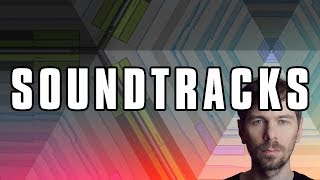
Aug 12, 2019 Tutorial
In this video, I wanted to share my approach to creating music in Bitwig. Rather than getting overwhelmed by the thousands of possibilities in the software, I prefer to rely on presets and sounds I've already created. I use Bitwig as a canvas to paint tracks and automations, without getting too caught up in building instruments or complex modulations. I demonstrate this by dissecting a recent sketch I made, showing how I use presets and automation to bring the track to life. I also discuss the use of different VSTs and samples that I incorporate into the project. Overall, my goal is to create a practical and enjoyable process for making music.
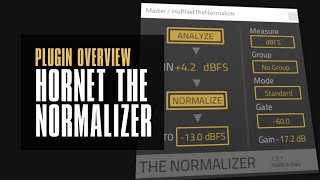
Aug 06, 2019 Tutorial
In this video, I talk about my favorite topic, auto gain staging plugins or functions. I discuss the Hornet LU meter plugin and how it can automatically analyze the loudness of tracks and apply gain until it reaches the desired reference value. I also mention the Hornet normalizer plugin, which continuously analyzes and compensates for changes in real-time. I question why these features are not integrated into every DAW and suggest adding a threshold value to prevent excessive gain during quiet parts. I mention that Hornet plugins are affordable and recommend checking them out. Overall, I express my desire for these features to be integrated into DAWs and emphasize their usefulness in my workflow.
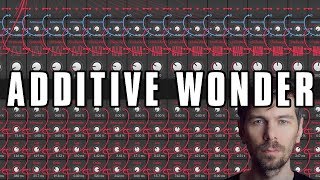
Aug 05, 2019 Tutorial
In this video, I want to give a big thank you to all my Patreon donators for supporting my music and community work. It's the first time in my career that I'm getting regular income just for music, and it feels great. Now, let's talk about additive synthesis. I've created an experiment using an additive synthesizer in the grid, which consists of a sine wave generator and multiple partials in different frequencies. By layering these partials, we can create complex sounds. I explain how to adjust the frequencies and introduce modulations to make the sound more interesting. I also demonstrate how to narrow the partials down to the fundamental frequency for different effects. The preset I created is called additive wonder, and you can download it from my GitHub repository. If you have any ideas or solutions on creating partials with less CPU usage, please let me know. Thank you for watching, and I hope you have fun experimenting with this preset. Bye!
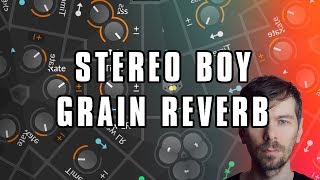
Jul 22, 2019 Tutorial
In this video, the creator introduces two new devices or presets for Bitwig Studio 3. The first one is called Stereo Boy, which splits an audio input into two paths. One goes through a stereo splitter, all pass devices, and a stereo merge, creating a wider stereo effect. The second path includes a delay that is modulated slowly. The parameters can be adjusted using micro knobs, and the device can be used to add a weird pitch modulation effect. The second device is called Grain Reverb, which adds different pitches to the sound using pitch shifters and filters on multiple layers. The grain rate and mix can be adjusted for each layer, creating a thick reverb sound. The cutoff and pan can also be modified. The creator demonstrates the sound of both devices and offers them for download on their GitHub repository.
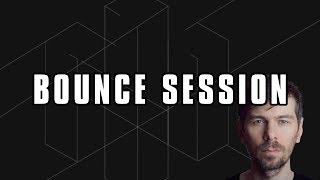
Jul 20, 2019 Tutorial
In this video, I take samples from the Intimate Noise page and try to create a track. I download the free sample pack and explore the different folders, including pads and drones, one shots, and sequences. I start by using the kick samples and creating a drum loop. Then, I incorporate some of the pad samples to add texture to the track. I manipulate the sounds using different effects and plugins, such as the Hornet plugin and the Sonable smart compressor. I also create a baseline using the notes provided by the pad sample. I continue to build the track by adding more elements, including chords, FX sounds, and melodies. I use a pitch shifter and random modulators to add character and variation to the sounds. I group the different elements together and apply sidechain compression using the kick drum to create a pumping effect. Finally, I do a quick mastering using the Allzone Elements tool to ensure the track reaches the desired loudness. Overall, the goal is to create a deep house track using the samples from the Intimate Noise sample pack.
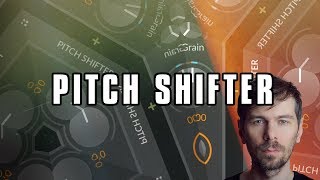
Jul 15, 2019 Tutorial
In this video, I show various ways to utilize the pitch shifter device in Bitwig Studio. I demonstrate how adjusting the pitch knob and grain size can create pitch effects, delay effects, and even a phaser effect. I also explore using the pitch shifter device in combination with other devices, such as the stereo splitter and mid-side split, to create unique stereo effects. Additionally, I discuss using the pitch shifter device for reverb and the possibility of layering multiple pitch shifters for interesting results. Overall, I hope this video provides inspiration for incorporating the pitch shifter device into your own music production.

Jul 13, 2019 Tutorial
In this video, I recreated the Stranger Things theme using Bitwig Studio. I also collaborated with a friend to recreate the intro, resulting in Prolavity Things'. All the tracks in the project were created using Bitwig only, including an E-kick, Polysynth, and a sampler with my voice. I also showcased the Bitwig 3.0 tape machine preset that I made for the master track. The project does not use any dynamic processors, only a peak limiter at the end. I recorded my voice for some portions of the track. I provided the project download link in the description. Additionally, I mentioned the Bitwig Outrun Challenge for creating and sharing Retro Wave or Synthwave presets. The challenge is for fun and there are no prizes involved. Thanks for watching and see you in the next video.
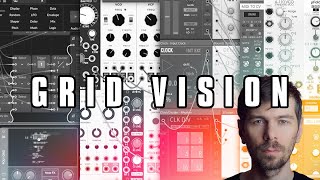
Jul 12, 2019 Tutorial
In this video, I talk about the question of why Bitwig's grid is better than a modular VST. I argue that while other modular environments may offer more features, the deep integration of the grid within Bitwig allows for a more streamlined and creative workflow. It's not about the specific features, but rather about how you approach making music. Bitwig's grid provides the right-sized modules to quickly bring your ideas to life and have fun while doing it. I also touch on the idea that Bitwig is in the right position in terms of pricing, features, and workflow, and that it offers a playful and enjoyable experience.
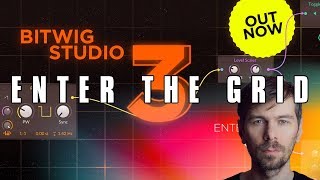
Jul 11, 2019 Tutorial
In this video, I talk about the release of Bitwig Studio 3.0 and how excited I am that it's finally available for download. I mention that there is a demo version available for those who want to try it out. I also mention that users can download the presets I created for the grid by going to the settings and packages section. I demonstrate how to use the presets with the MPE controller and discuss the different types of presets I created, including pads and beat patterns. I also mention the idea of randomizing presets and demonstrate how it works using the pulley synth and the grid. I discuss the limitation of not being able to persist the generated presets, but overall, I express my excitement for the new release and invite viewers to provide feedback and bug reports for future improvements. I conclude the video by thanking the viewers for watching and wishing them fun with Bitwig 3.0.
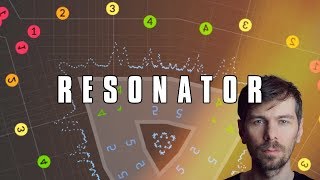
Jul 10, 2019 Tutorial
In this video, I talk about the resonator device in Bitwig Studio, which is like an EQ but can do a lot more. Someone asked about creating an 808 kick drum, and I show how to do it using the resonator. I explain the synthesis method for an 808 kick drum and demonstrate how to create a sine wave burst, use an ADSR envelope, and mix it with the resonator output to achieve the desired sound. I also show another use case for the resonator, which is using it to create melodies or chords from a drum loop. By setting different octaves of the resonator bank to different notes, you can create unique melodies. Lastly, I show how to use the resonator to add tonality to vocals and create pads. Overall, the resonator is a versatile device that has a lot of potential for creative sound design.
previous | next









